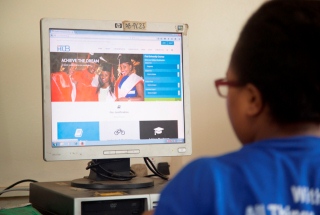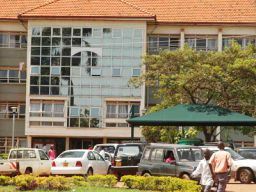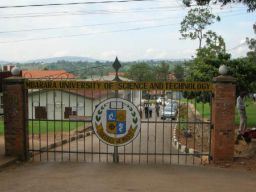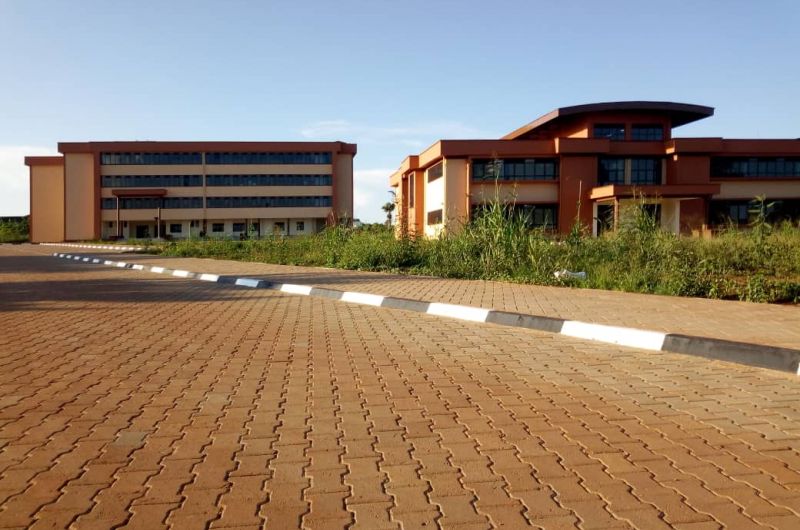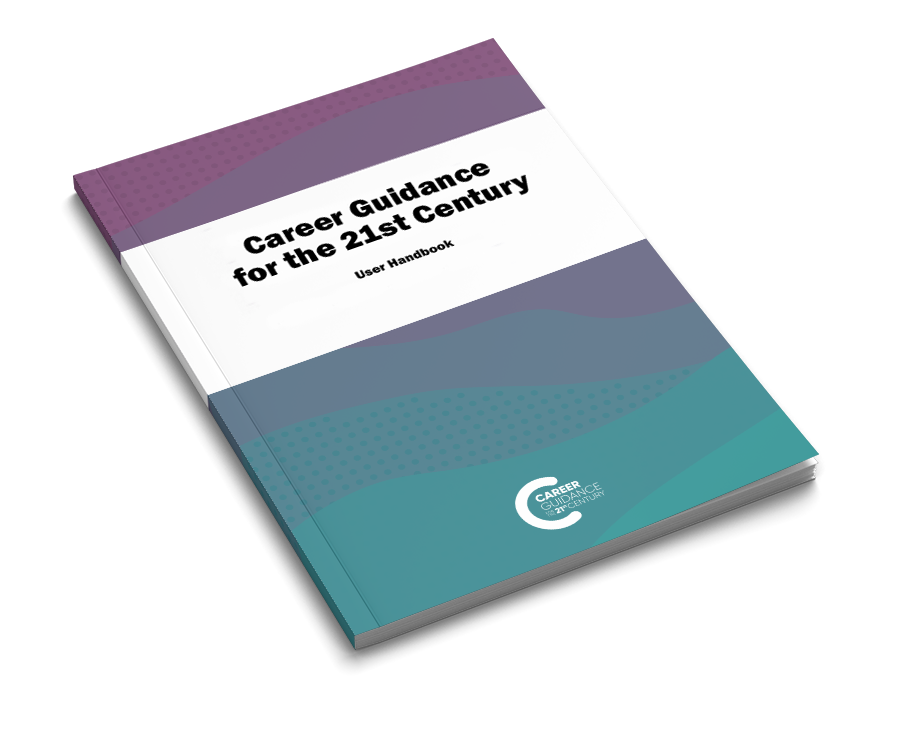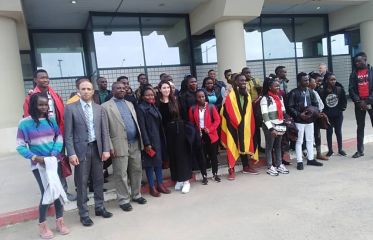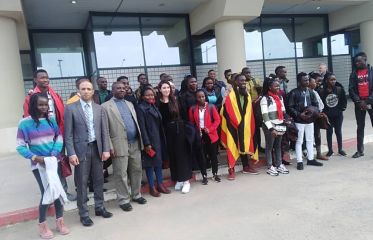Breaking News
- Flexible Remote Work Opportunity for University Students: Earn $100–$250 Per Month ...Read More
- Ministry of Education and Sports Azerbaijan Government Scholarships For 2025-2026 Academic Year ...Read More
- Government Sponsorship Undergraduate Admission Lists 2025-26 for Makerere University ...Read More
- Ministry of Education And Sports: Egyptian Government Scholarships 2025-2026 Academic Year ...Read More
- Ground Breaker Full Scholarship for girls to study Software Engineering 2025 July Intake ...Read More
- Tony Elumelu Foundation Entrepreneurship Programme (TEEP) 2025 for young African Entrepreneurs ...Read More
- DESIGNING FUTURES 2050 International Design Competition 2025 (€15,000 prize) ...Read More
- Ground Breaker Full time Scholarship for girls to study Software Engineering 2025 Intake ...Read More
- Ministry of Education And Sports Algerian Vocational Training Scholarships for 2024-2025 AY ...Read More
- Ministry of Education and Sports Advert for the Algerian Government Scholarships for 2024-2025 ...Read More
Background:
Uganda has a relatively large livestock population of 12.1 million cattle and 3.6 million sheep and 13.2million goats (UBOS Statistics Abstract 2011), providing a healthy base for the meat industry and the other sub sectors. Favorable climatic conditions with two main rainy seasons, endows the country with a high livestock carrying capacity. According to a study done in Ethiopia, for every US$ 1 of raw hides, there is an equivalent of US$ 3 for finished leather and US$12 for finished product
Uganda's leather industry is still in its infancy stage of development characterised by poor production and lack of value addition. It is estimated that in the financial year 2008/9, Uganda lost revenue equivalent to US$ 249.7 million by exporting of raw hides.
Over 90% of leather products are imported, despite the huge potential in the Common Market for Eastern and Southern African region. Of the 25million pairs of shoes annually demanded in Uganda, 1 million are produced locally and the 24 million are imported mainly from Europe, North America and Asia.
Hides from Uganda are naturally of high quality, texture and heavy substance, making them suitable for the production of excellent leather products.
Objective:
To drive transformative skills, knowledge, technology, innovation, SMEs (Small-Medium Enterprises) and services into the meat industry and in partnerships, continuously improve production, health, employment, community well-being and economic growth.
The specific objectives of this programme are;
- To produce graduates with skills in hides and skin flaying, handling, grading and preservation, wet blue leather production, leather shoe making, leather bags and briefcase making, wallets and other leather products making.
- To contribute to the development and transformation of the underutilized leather production sector.
- To produce skilled graduates who are job creators in leather related enterprises.
Source * https://www.afrisa.org/Leather.html
Essential subjects
Two best done of Chemistry, Biology, Agriculture, Foods and nutrition, Physics, Mathematics and Geography, Economics, Entrepreneurship
Relevant subjects
One best done of Chemistry, Biology, Agriculture, Foods and nutrition, Physics, Mathematics and Geography, Economics, Entrepreneurship
Desirable subjects
General paper Sub Mathematics or Computer studies
Source * https://www.afrisa.org/Leather.html
Subjects for Admission
| Item | Fees |
|---|
Chase your dreams in heels of your course. Know where this course is taking you by checking out the careers associated to it listed below
Hear and learn from those that did the course and what they have been able to do with the knowledge they acquired
This programme offers work opportunities as one or more of the following;
- Flayer technician
- Professional animal transporter and marketer
- Hides and skins grading technician
- Hides and skins preservation technician
- Hides and skins grading technician
- Hides and skins processing technician
- Ladies shoe technician
- Children shoe technician
- Men’s shoe technician
- Leather sandals technician
- Leather Sole producer
- Ladies bags technician
- Big bags technician
- Leather briefcase technician
- Wallet and key holder technician
- Leather instruments and equipments technician
- Leather products quality systems manager / inspector
- Army and industrial boots
Other Courses Currently Admitting
-
Diploma in Electrical Engineering
Ndejje University
-
Bachelor of Science with Education (Biological)
Kyambogo University
-
Diploma in Information Technology
Bugema University
-
Bachelor of Organisation and Development Management
Uganda Christian University
-
Bachelor of Science in Environment Management
Nkumba University
Did this page help you? Yes No Share Feedback




















